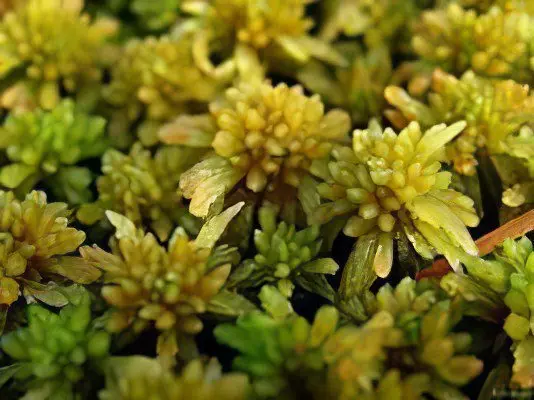Contents
Useful properties and uses of peat moss
Description of peat moss

peat moss is an unusual marsh perennial. It reproduces by typical spores and is also devoid of any root system. The stalk of peat moss dies off with the full growth of the plant, which contributes to the formation of unique peat deposits. The presented plant is found in nature both with a white color and with a rusty-brown, and sometimes pinkish-red color.
In rather wet lowlands with increased dampness, moss can take on a light green hue. It has a soft erect stem with tuft-like branches, which is about 20 cm high. The single-layer leaves of peat moss contain a mass of dead water-bearing cells with pores, due to which the moss easily absorbs water. Such high moisture capacity and air permeability contribute to the very rapid formation of raised bogs.
Useful properties of peat moss
The undoubted advantage of peat moss is its unique antibacterial properties. Due to the excellent hygroscopicity of the plant, peat moss has long been used as an excellent dressing. It is able to absorb a large volume of various liquids, including blood and pus ….
Along with this, peat moss has disinfectant, antibacterial and antifungal properties due to the high content of phenol-like substances and various acids. Presented moss is often used for burns, wounds and cuts, contributing to their rapid healing. The plant also has a disinfecting effect in the presence of serious superficial damage to the skin.
Application of peat moss
In modern medicine, the plant is used as a substitute for cotton wool. To date, the production of effective moss-gauze tampons has been resumed. To do this, peat moss is dried and subjected to the necessary sterilization, followed by impregnation with a special solution of boric acid. This treatment of the plant allows you to enhance its antibacterial properties.
To prevent infection with acute respiratory diseases, it is recommended to wash your face with a liquid squeezed from peat moss. To prevent infection, it is also advised to make baths using this unique plant. After cutting the moss into small pieces, fill them with hot water and tightly cover with a lid for complete natural cooling. Then we filter the product and add the prepared infusion to a bath filled with water. It should be mentioned that this very useful procedure increases sweat production.
To combat the fungus on the nails and feet, you can prepare special insoles from dry peat moss. Such a natural insole will create softness for the foot and cope with unpleasant odors, while providing an antibacterial effect.
Peat moss white
This type of whitish-green peat moss grows in dense tufts in damp places and swamps. It is he who forms the bulk of the peat. Such moss is a small plant, the aerial part of which falls off and rots. Thin stems branch well, contributing to the creation of independent individuals. Picky stems form a thick blanket around the plant. Each branch is covered with small scaly leaves, which are arranged in a spiral.
Thin leaf plates are single-layered and do not have veins. They boast a porous structure. Stems with thick bark, like leaves, are able to absorb moisture.
The reproductive organs, as a rule, always appear on the same tufted individuals. During germination, the spore develops a pregrowth, which is distinguished by its lamellar shape and the presence of stalks.
Contraindications to the use of peat moss
Absolutely no contraindications to the use of peat moss have been identified, however, before using it, it is advisable to consult with your doctor.









